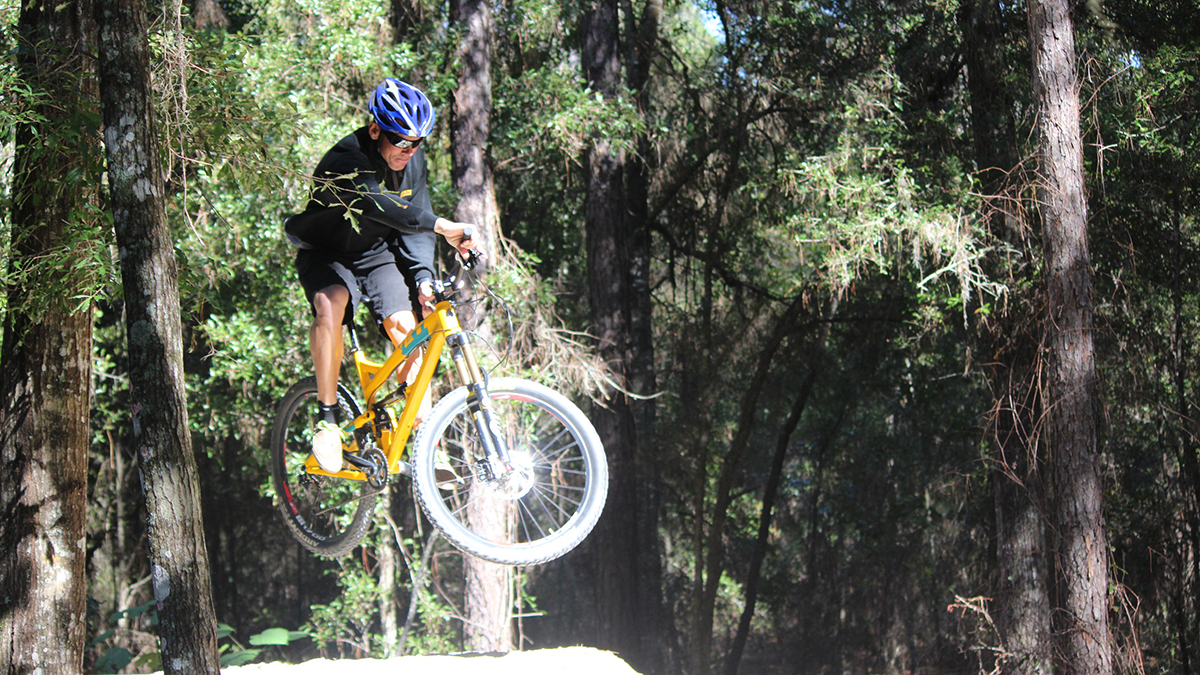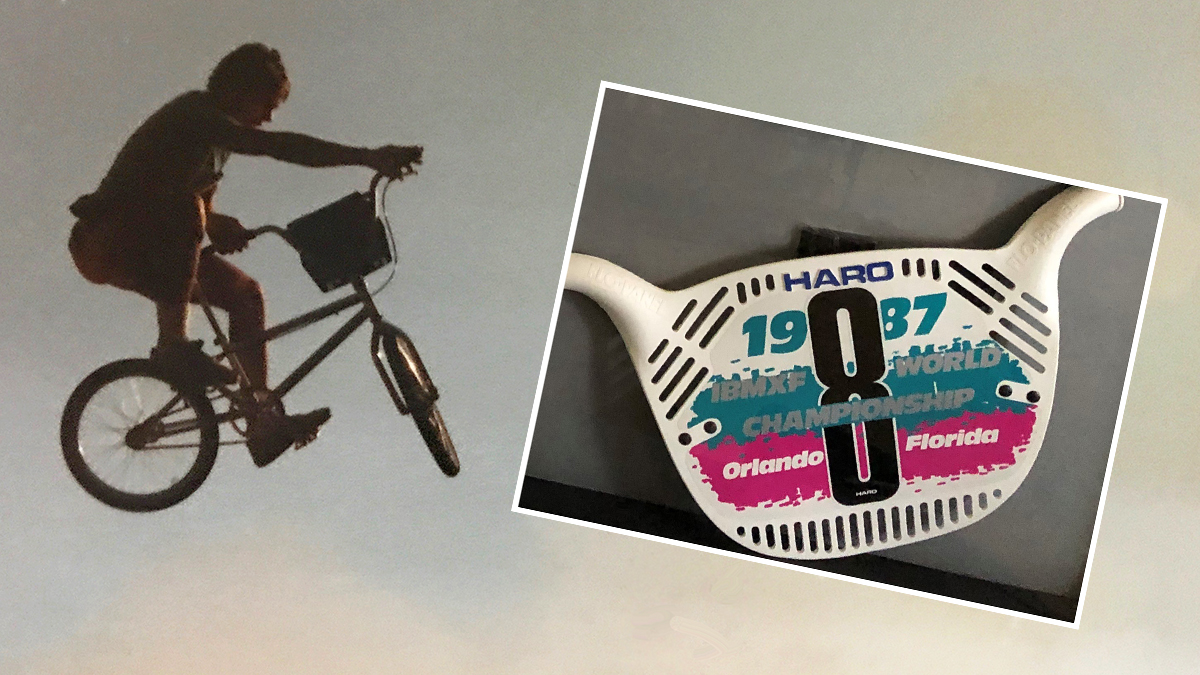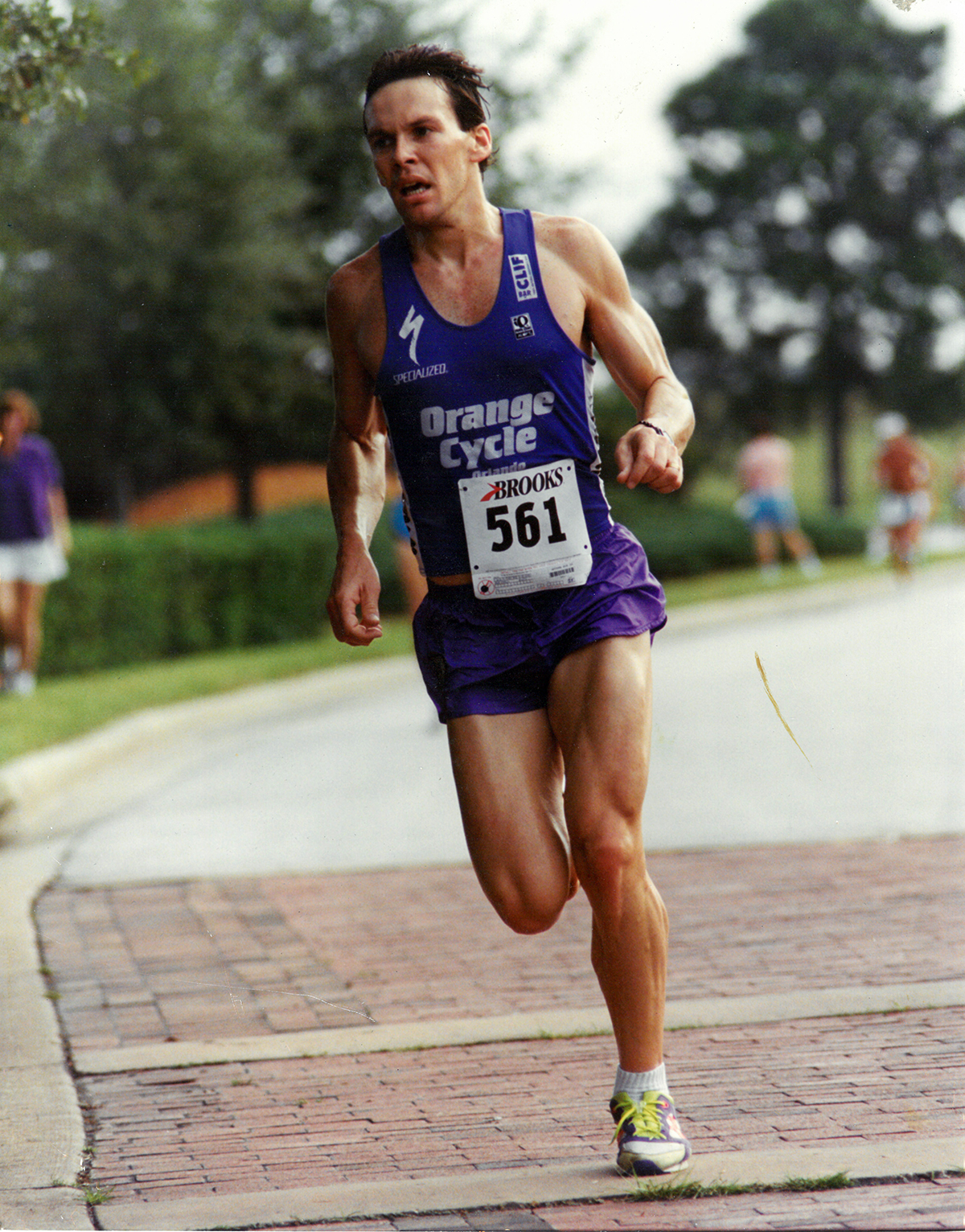Coach Robb Beams is the United States’ No.1 “go-to” for nutrition and performance training for MX and off-road racing. With 35 years experience, he is returning to Australia in July for a special event at City Coast Motorcycles and MotoE Performance Camps at Wollongong Motorcycle Club. He candidly has shared his story in this exclusive Q&A.

When did you start riding dirt bikes?
I got my first Suzuki RM 80 in 1978 for Christmas. I have been in and around dirt bikes ever since.
What do you ride now?
Unfortunately, I don’t have a bike right now due to things surrounding a divorce. However, me and both my boys would like to resume riding now that it is over. Being at the track on a regular basis helps me keep up to date with the various changes to the bikes: suspension, chassis, tyres, gearing, fuel, etc. I factor all these variables into my riding clinics and camps.
How did Complete Racing Solutions and MotoE come to be?
I started my performance company when a friend who happened to be a professional tennis player wanted a performance program: speed/agility; nutrition, hydration, mental development and soft tissue maintenance. I never wanted to get involved with the business side of motocross and supercross because I wanted to keep my love of moto outside my business world. However, I had been coaching for about 10 years when I was approached by Toyota to manage the human performance side of their Amateur Development Program, “Moving Forward”. I worked with all their riders throughout the season and word of mouth spread. By the end of the season, I was approached by riders who are also great people: Adam Cianciarulo (Factory Kawasaki), Alex and Jeremy Martin, Ian Trettel (Factory Suzuki) and Ashley Fiolek (Factory Honda) to mention a few. Our name was passed over to other motorsports like NASCAR and Formula One and eventually the motorsport side of the business became big enough, so I created a separate business segment to complement our other divisions: Speed & Agility; Endurance and Weight Loss. The motorsport division is still our smallest; however, it is my personal passion and I enjoy it more each day.

You’re a former professional BMX racer and top-level triathlete: How do these skills cross over into coaching MX?
When I was developing as BMX racer, I was always looking for resources on how to eat, drink, train, cross train, improve flexibility and get mentally stronger and found very few resources. So, for the first two years I asked anyone that I could talk to on how they trained. Fortunately for me, our local track was stacked with nationally ranked racers and they allowed me to ride and train with them – I soaked up as much as I could and formulated my own process and system that worked. In one year, I went from not being nationally ranked to 15th and from 10th in the state of Florida to 2nd (behind the Nationally ranked #1 rider). The next year I went to national #8 and state #1 and continued to fine tune and tweak my program ask as many questions as possible. I then turned pro in 1987 and finished ranked 8th in the world at the IBMXF World Championships.
After the IBMXF World Championships, my dad told me it was time to go to college. My dad was a military guy and didn’t play around – he meant what he said, and you did what he said. So, I went to college and got undergraduate degrees in computer science and human resource management. I then went back to school for sports performance massage therapy and then my master’s degree in exercise physiology. While at university, my roommate was training for triathlons and I started doing what he was doing. Within a year I was the Central Florida Triathlon Champion, Birthplace of Speed Series Champion and the Track Shack Triathlon Sprint Champion. I eventually was invited to test at the Olympic Training Centre in Colorado Springs specific to triathlon. Unfortunately, I got hit by a car and blew my knee out and was no longer eligible for the elite team.
Between the school degrees, personal race experiences and the knowledge I garnered from the Olympic Training Centre (along with constantly researching) I created a complete process and system now popularly known as the Complete Training Solutions program. With all my sport specific programs, I take the sport specific demands/frustrations and help athletes and racers identify and systematically address until the frustrations/limiters become strengths. All of my programs include training protocols to improve sprint speed, eliminate late race fatigue, drop body fat and improve lean muscle mass, complete nutrition and hydration strategies along with a complete mental development element that equips the rider to handle the pressures of racing both from the front and from the back of the pack.

You have worked with a lot of big names in sport, but you offer your services to everyone. Do the same rules apply to all?
Absolutely! Ironically, non-professionals benefit the most from our performance programs because they are spread so thin with professional, school, social, financial, family/relationships, bike prep, travel to and from, clean up and THEN athletic (how hard should I train, how often, how hard, what should I do, etc.). Professionals have all day to get better. They have people doing everything for them. They can take naps and get massages during the day. They can afford to have someone cook and clean for them. Think about what Chad Reed said about moving from Florida to JGR’s program. He simply shows up, gets geared up, rides/test, leaves and goes home to his family. Someone is taking care of the track, his bike, etc. so he can focus on himself and his family obligations. He has a lot less on his plate than a racer who works and has a family.
You put a lot of emphasis on sports psychology, what has been your biggest personal hurdle so far?
I have two that have changed my career – personally and professionally:
First, at the IBMXF World Championships; I had a big contract on the line to ride for one of the sports largest teams. Unfortunately, I went early on the gate and nearly flipped over, and I didn’t finish in the top three (a contract stipulation). As a result, the deal was pulled and as stated earlier, my dad told me it was time to move into the world of education. I felt like I had blown four years of hard work, I had let my parents down, I lost the team opportunity and as a result I had to pick myself up and move on. I never understood what the saying “It is lonely at the top” meant until that day. When you are on top, everyone is your friend. When you are not, you find out who your true friends are. Either way it is a lonely place to be.
Second, getting hit by a car and blowing my knee out and as a result not being considered for the elite team was a tough pill to swallow. To have something taken away that I worked so hard for by someone else was hard to wrap my head around.
Ironically, I have had to lean on both “life experiences” to handle both personal and business-related matters over the last ten years that put me in the exact situation again. This is where I coined the concept of “Athletic Maturity”. Until you endure something, like a broken bone, you don’t know what to expect and you must “learn” to fix and how to improve after the situation. After you have endured something, you are better equipped with both resources and mental focus.

What is a typical workday like for you?
Monday and Tuesday’s, I am in the office from 7am until 10:00pm hosting client calls from around the world. For example, first thing in the morning I am doing Skype calls with clients in Thailand and Greece. Through the early mornings, I am on east coast calls, then as the day transpires, I move to the west coast and then into Netherlands, New Zealand and finally Australia. It is imperative that I speak to clients early in the week to discuss the weekend and make any changes to their training schedules for the upcoming week. Micaela and I take a couple of breaks to work out and eat, but these two days are busy on the phone.
Wednesday is when I do my research and writing. I write for several online magazines, our monthly newsletter, articles for our websites and membership areas as well as our social media messages. The day starts at 7:00am and I am finished around 5:00pm.
Thursday is video production and new business development. MotoE is about to launch a membership area where riders can find complete training and nutrition programs. In addition to the training programs, we will have hundreds of short videos explaining various topics: how to proper hydrate, what causes cramping, how to drop body fat, how to manage heat and humidity, etc. The membership area will have new videos and articles uploaded every week indefinitely. We also have numerous educational bundles, digital products and coaching specific resources that are also incorporated into our video production as well. Needless to say, Thursday is all about video production and editing!
Friday is dedicated to writing my client’s schedules based on the data that was collected during the week: Resting heart rate, hours of sleep, food logs, training intensity and duration, performance results and a few other elements. There is a fine line between over training and under training and our analytics side of our process keeps us right in the middle to ensure that the individual is always improving. My rule is to have my clients improving by 1% every day by focusing on both sweating and non-sweating elements of their program. All schedules are emailed out by close of business on Friday so that they have the weekend to review the schedule and compare against their personal schedules. If we need to make an adjustment, I can get this done over the weekend. During our Monday or Tuesday call, we make the final adjustments to the schedule as needed. My goal is that my client simply opens the schedule and simply follows the duration, intensity and nutritional protocols. This allows them more time to focus on the other important elements of life: work, school, family, financial, etc.

You have ridden tracks and coached the world over but are returning to Wollongong Motorcycle Club this July. What draws you to the south-east coast of Australia?
Thanks to the help of Beau Franklin and Shannon Ninness we came over in January to a warm welcome by the Wollongong Motorcycle Club and its riders. We hosted our Level One classes and was impressed with how quickly the riders embraced the integration of human physiology and motorcycle physics. The result was improved body position, consistent execution of skills and as a result, significantly faster lap times.
In July, in addition to offering our Level One class, we are offering up our Level Two class to elevate the ability level of the riders who attended Level One in January. There are so many important elements to riding and racing; however, I feel that most riding programs tend to focus on things that don’t really matter. There are many more important elements that precedes some of the requested skills currently being asked of the rider that results in slower lap times and high levels of frustrations. For example, a rider being told to “drive the bike deeper into the turn” isn’t helpful until the rider understands why the bike is unstable coming into the turn. As stated earlier, to improve a rider correctly you must incorporate human physiology WITH motorcycle physics. Until this happens, a rider will never reach the full potential of speed and endurance to become a champion.
Join Coach Robb for a special “Meet the Coach” evening hosted by City Coast Motorcycles
Thursday July 4 from 6-8pm.
Coach Robb working with Ryan Dungey – CBS Special – Supercross Behind the Dream Episode 1
